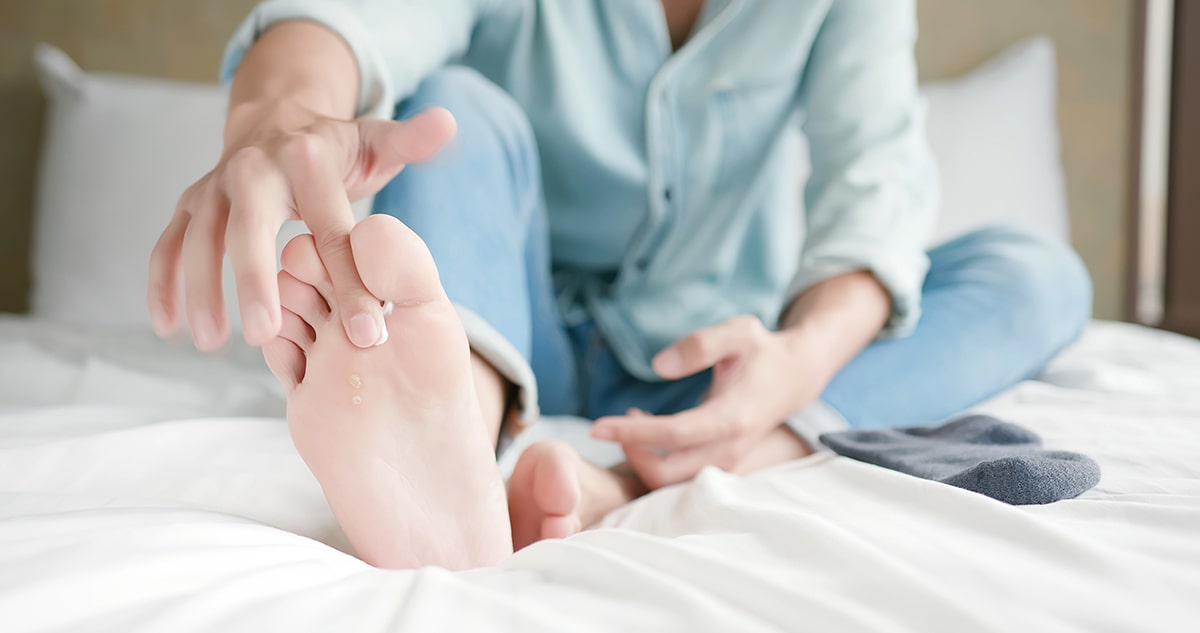Phone: +44 (0)20 8492 1600
Need help or have a question?
Contact us at: [email protected]
Athlete’s foot (tinea pedis) is a fungal infection that usually affects the skin on feet. Dermatophytes are the fungi that cause Athlete’s foot. This fungi thrives in warm, moist environments like floors, socks and shoes as well as public showers or swimming pools. These fungi penetrate the outer layer of the skin leading to an infection.
Several factors contribute to developing athlete’s foot both poor hygiene, as it creates an ideal growing environment for fungi and damp conditions.
Tight, non-breathable shoes and synthetic socks increase moisture retention, contributing to fungal infections.
People with weakened immune systems or those who suffer with excessive sweating or minor nail or skin injuries are at greater risk of developing infection.

Over the counter antifungal products come in various forms and work by keep your feet dry impeding fungal growth and spread- relieving symptoms and promoting recovery.
In severe cases, a doctor can prescribe stronger antifungal medications, oral medications or topical steroids to alleviate inflammation and itching.
You could consider a more holistic treatment option, such as soaking your feet in diluted vinegar, which some claim can alleviate inflammation and itching as well.
Using moisture-wicking socks made from natural fibres like cotton or bamboo can help by absorbing excess moisture. Wearing well-ventilated shoes that allow air circulation can also help
Avoid sharing footwear, towels or socks to prevent the spread of infection to others or different parts of the body.
Maintaining good foot hygiene is crucial in managing and preventing athlete’s foot. Regularly wash and dry your feet, especially between toes, to remove fungal spores and reduce infection risk. Also keep your toenails clean, trimmed, and dry to minimise the chances of the infection spreading to the nails.